



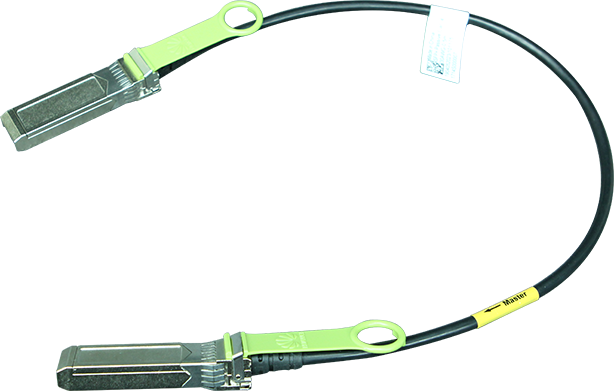
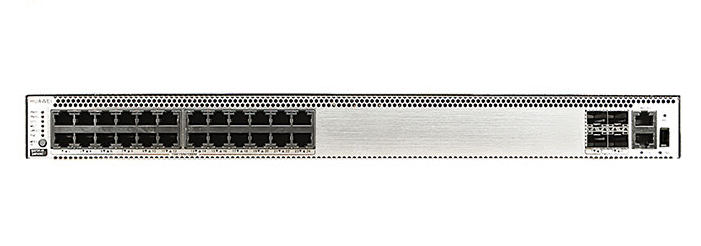
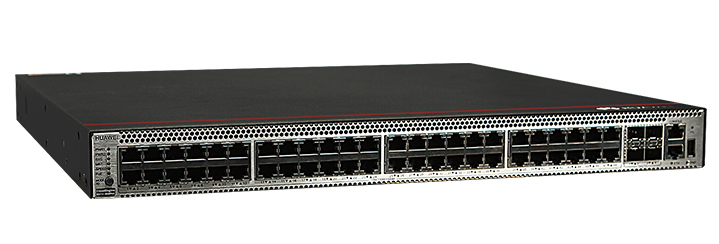
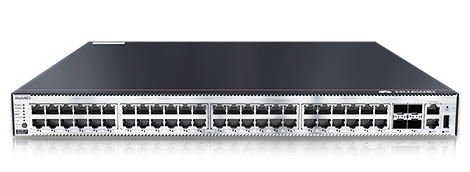

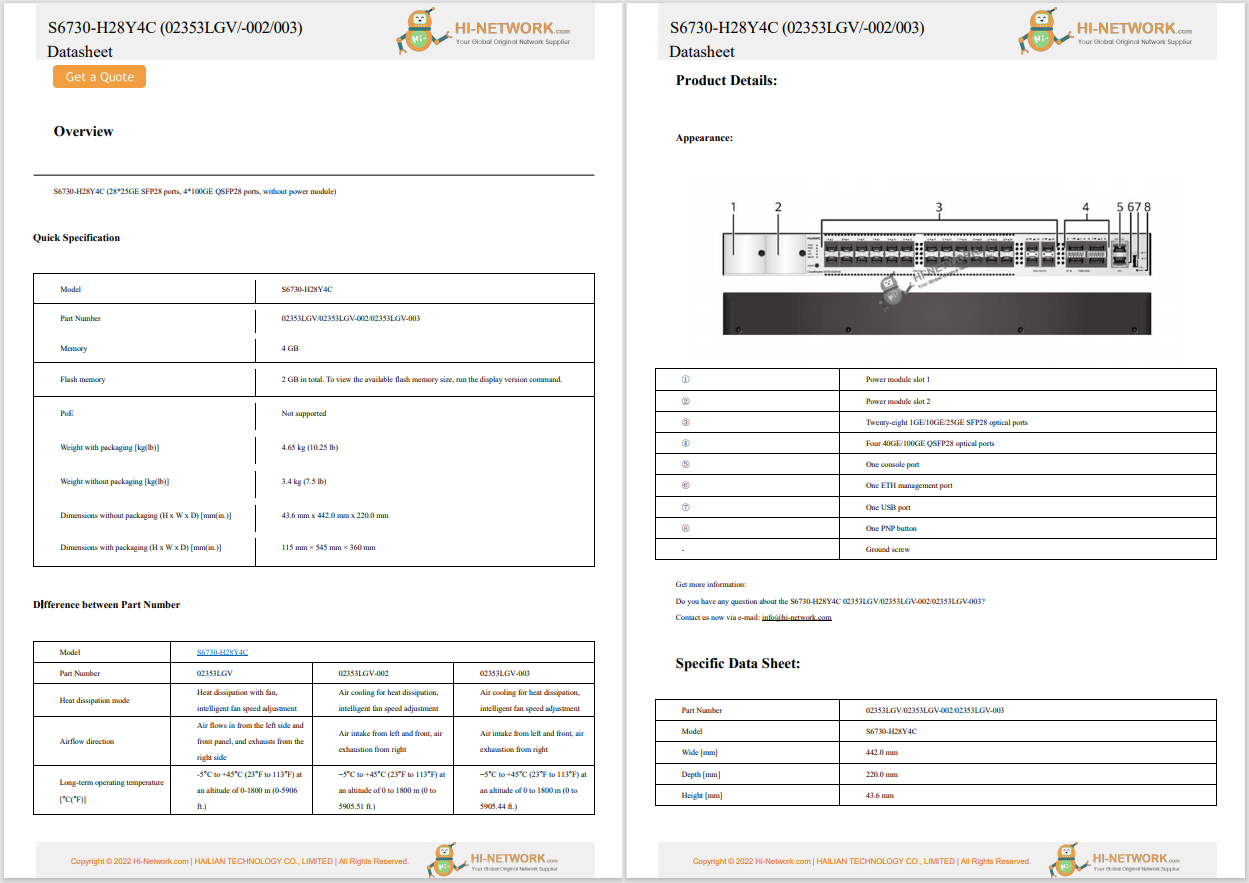

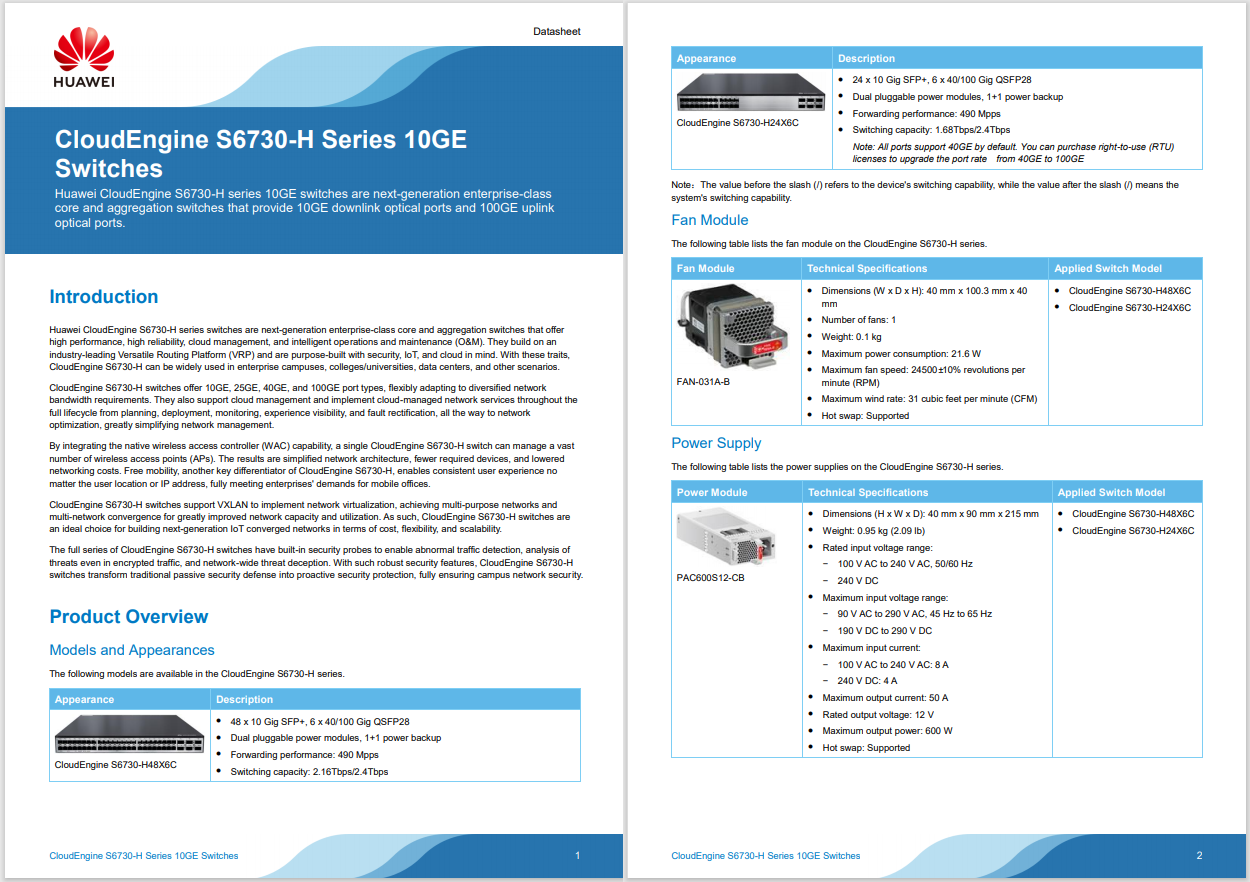
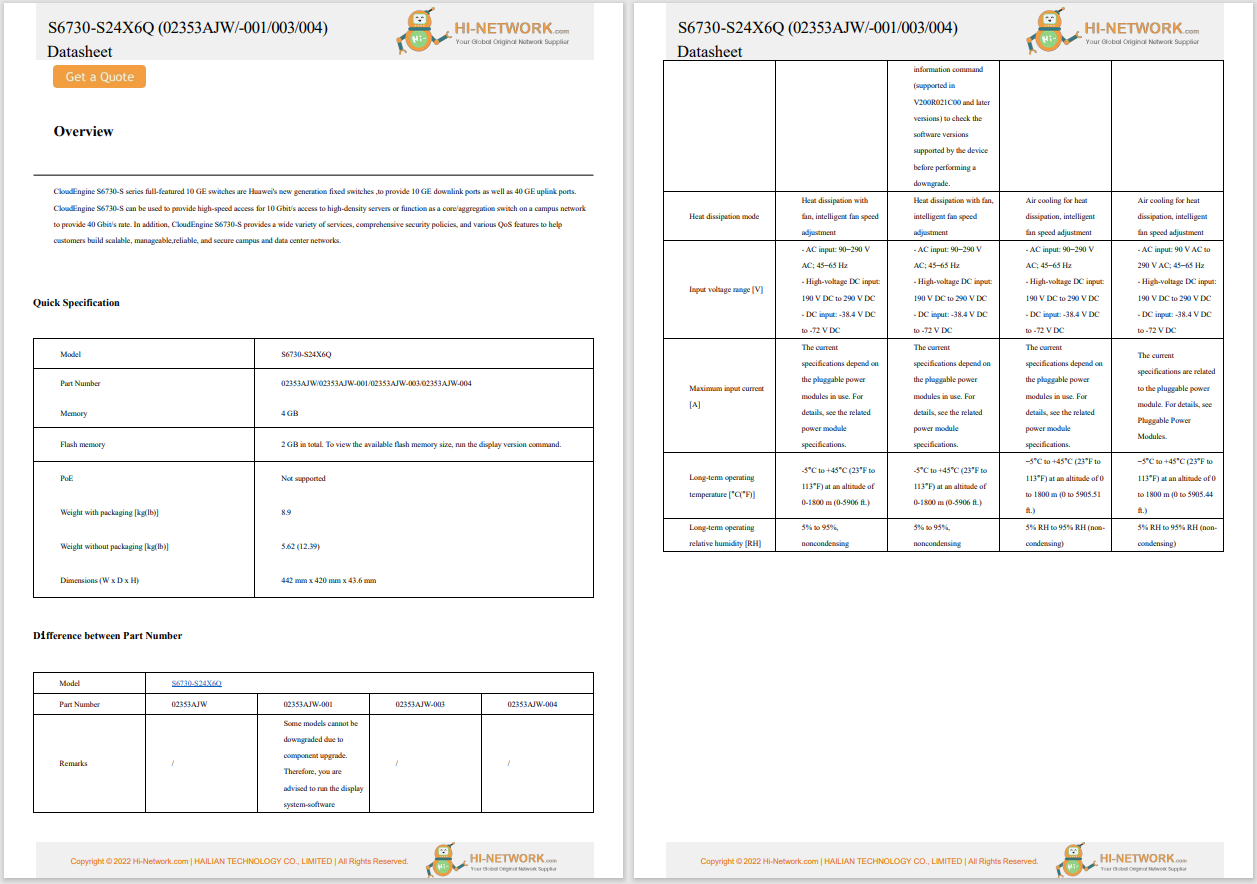

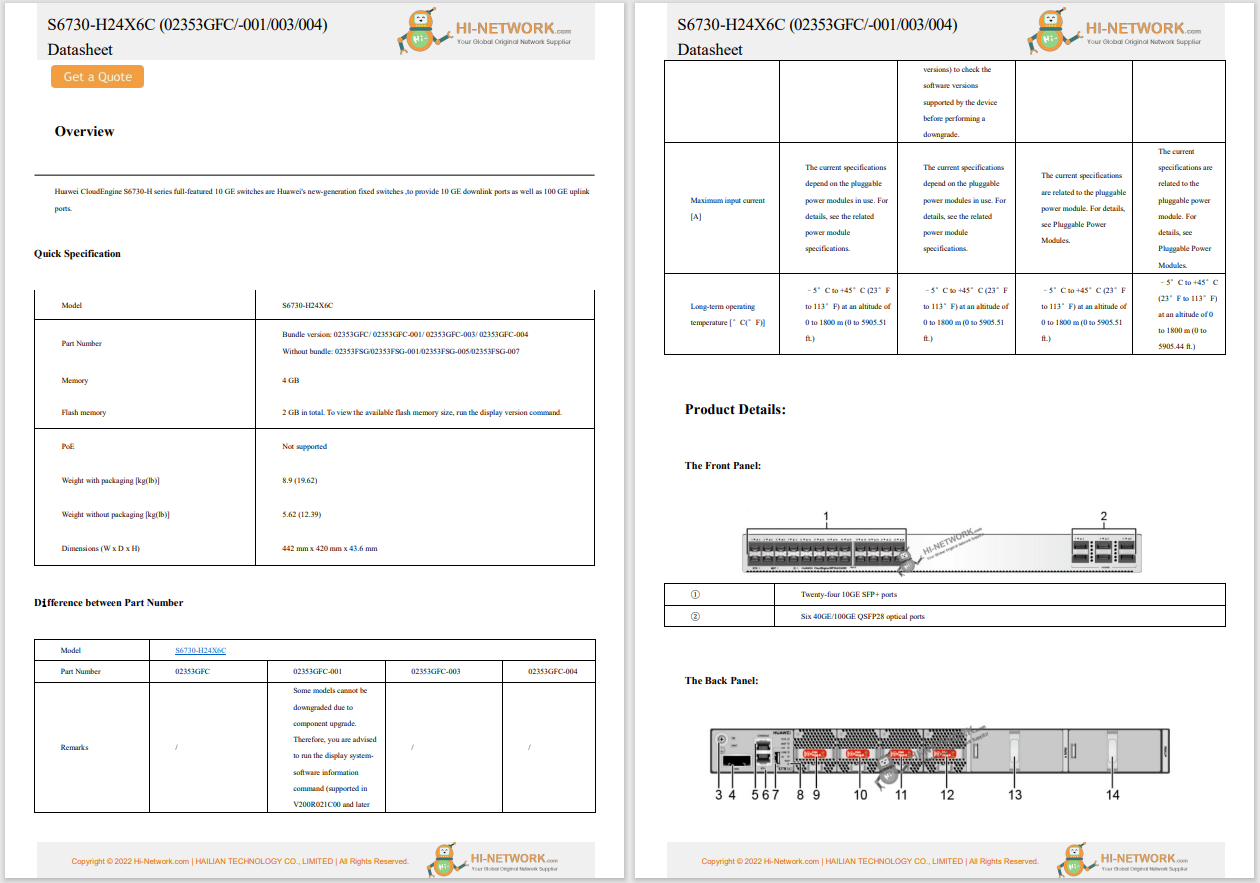
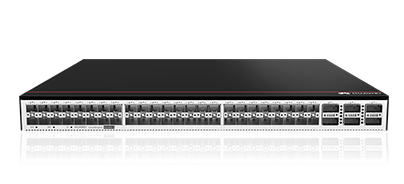
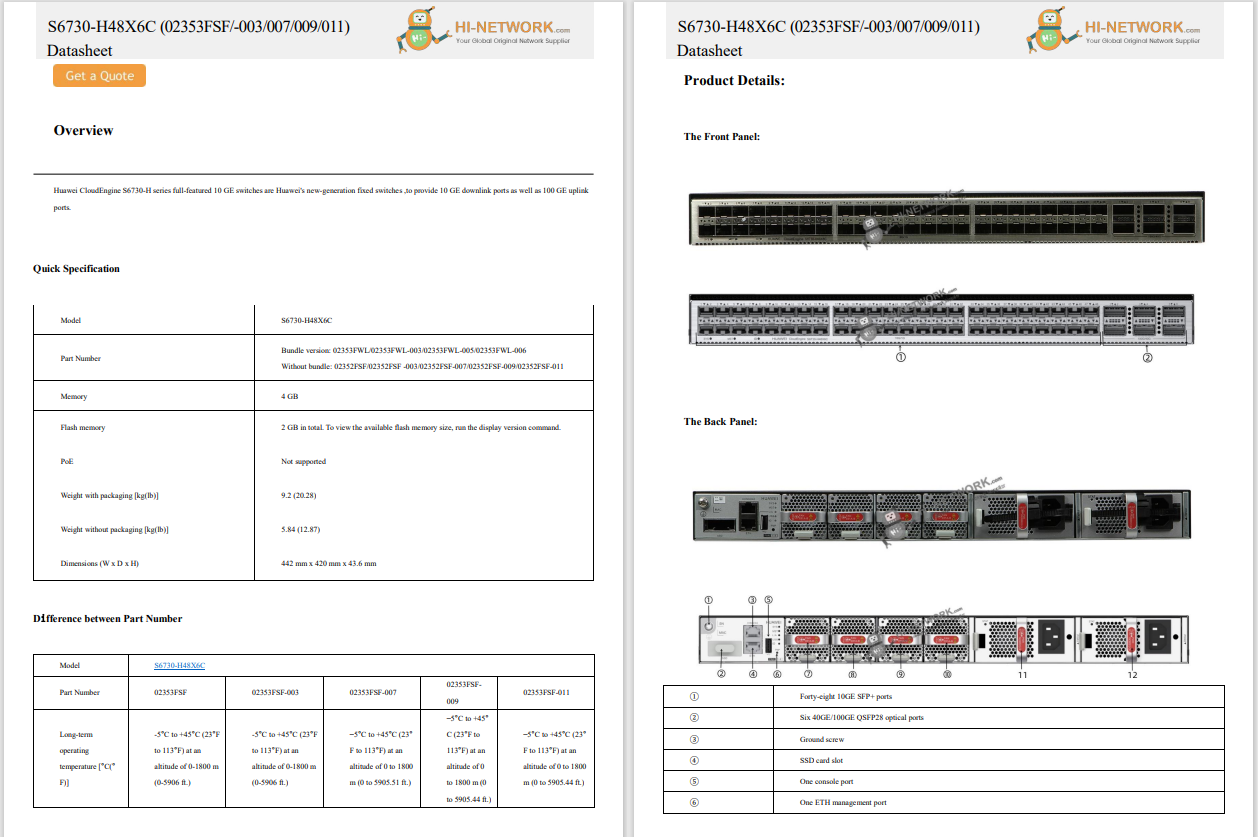



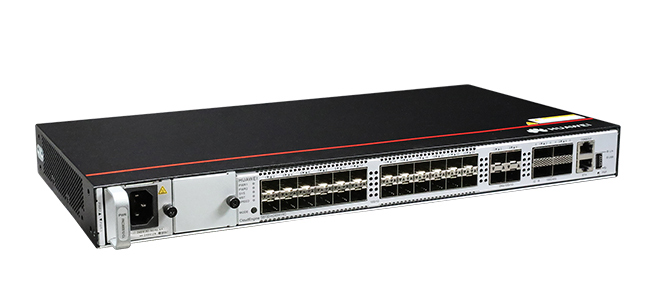
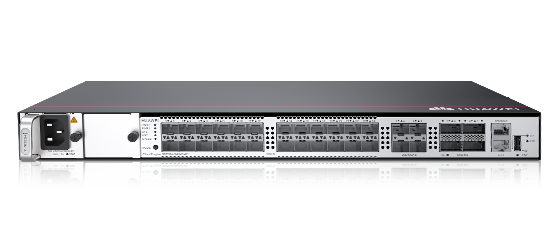
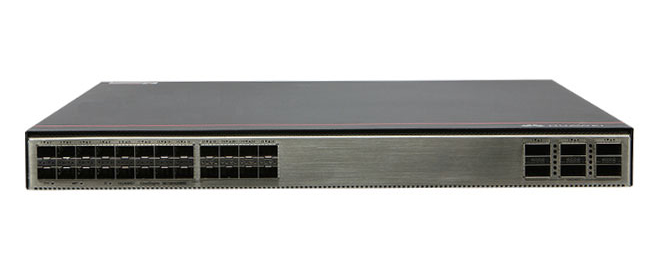


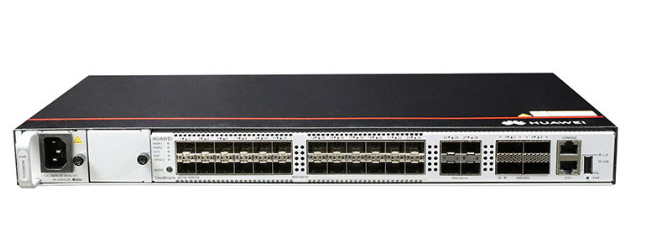
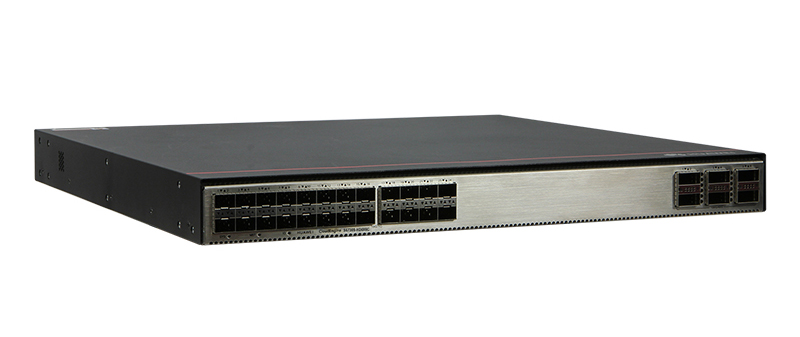


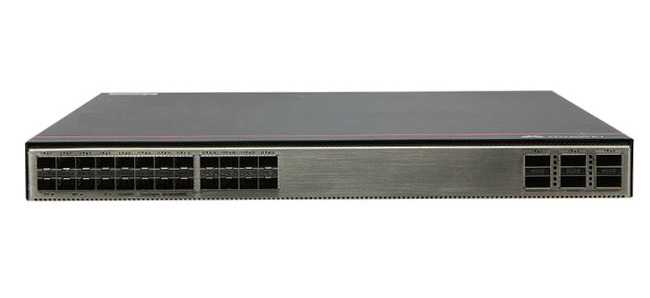



I've been using Slack for years and have always found it to be a (mostly) efficient means of communicating and collaborating. Even though the "out-of-the-box" experience is fairly well thought out, there are ways you can make it even more effective.
With just a few quick customizations, you can have Slack looking and behaving like a well-oiled communication machine.
Also: 5 messaging apps for Linux that make chatting online fun again
The tweaks I'm going to show you only apply to the desktop application, as the mobile version of Slack doesn't offer nearly the configuration options you'll find on the standard application. I will demonstrate this with Slack v4.41.105 running on Pop!_OS Linux, but the operating system won't matter -- so long as it's a desktop OS.
With that said, let's get to the customizations.
The first thing we'll focus on is notifications and keywords. There really isn't much to configure for notifications, but you can keep the UI a bit less cluttered by limiting notifications to direct messages, mentions, and keywords.
Also: 5 non-Google productivity apps on Android I can't live (or work) without
You'll find this section in Preferences > Notifications. For the "My keywords" section, if you type the keywords for which you need to be apprised, type them as a comma-separated list in the field below "My keywords."
Keywords are an important way to keep you in the know, without having to search.
No matter which client I'm working with, there are always particular contacts who are more important than others. For me, those VIPs need to always be visible, so I configure Slack to show them at the top of my home.
Also: Super Productivity is the ultimate task manager for your time management goals
To do this, go to Preferences > "VIP list." In this section, search for and select the contacts you need to add as VIPs. One thing to keep in mind is that these VIPs will be pinned to the top of your Direct Messages section, not the very top of the sidebar. Even so, it makes it much easier to find those VIPs and message them.
Adding VIPs ensures you'll always see those people on top.
Navigate to Preferences > Navigation, and you'll see a list of tabs that can be enabled or disabled in the sidebar. I simply disable all the features I don't use to keep the sidebar cleaner. The only features you cannot remove are Home and Activity.
Also: 15 ways AI saved me time at work in 2024 - and how I plan to use it in 2025
Personally, I enable Home, DMs, and Activity, with everything else disabled. That doesn't mean you can't access those features. If you click the More button, all the features will show, so you can click and open whatever you need.
I prefer to only enable the features I need, so the sidebar isn't as cluttered.
In Preferences > Home, you can enable or disable a few features, configure what is shown, and how things are sorted. Under "Always show in the sidebar," I disable Huddles because I don't use the feature and enable Unreads (that way, I get quick access to anything that has gone unread).
Also: Why Canvas is ChatGPT's best productivity feature for power users
In this same section, you can also enable or disable profile photos next to DMs, separate private channels from public ones, separate direct messages and apps from channels, and move items with unread mentions to the top of sections.
You can also specific what features appear in the sidebar.
Let's head to the "Messages & media" section. In this section, I like to enable "Full & display names" because that makes it easier for me to know who someone is. I have a few clients where contacts use nicknames as their display names. By enabling "Full & display names," I will always know who someone is in the UI, without having to pause and think, "Is that Emilia A or Emilia Z?" You can also opt to go with the Compact theme, but I find that to be a bit too minimal.
Also: App fatigue is real: Users are downloading fewer apps than ever
In that same section, I also enable "My most frequently used emoji"; otherwise, I inevitably have to search for the ones I prefer to use.
Enabling full & display names ensures you'll always know who you're chatting with.
Finally, if you have more than one client you deal with in Slack, I would recommend you theme each, so there's never any mistaking which client you're working with. Go to Preferences > Appearance, and you'll find plenty of pre-set themes and even the ability to create a custom theme.
Also: 10 Linux apps I install on every new machine (and why you should, too)
While you're here, you may as well configure the Slack font. I use Noto Sans because I find it's easier to read and cleaner than the default.
Not only will themes pretty Slack up, they'll also make it easier for you to know which client you're dealing with.
 Hot Tags :
Tech
Featured
Hot Tags :
Tech
Featured